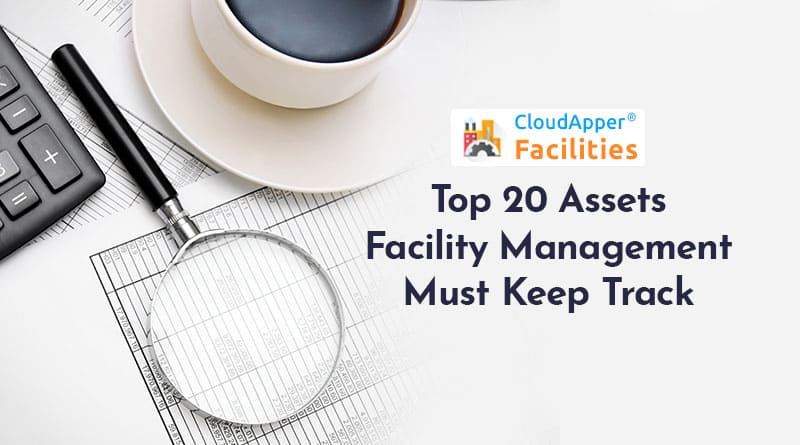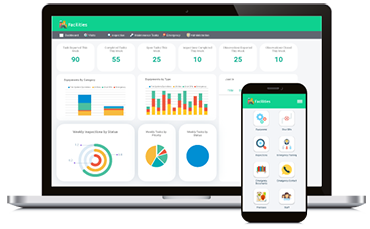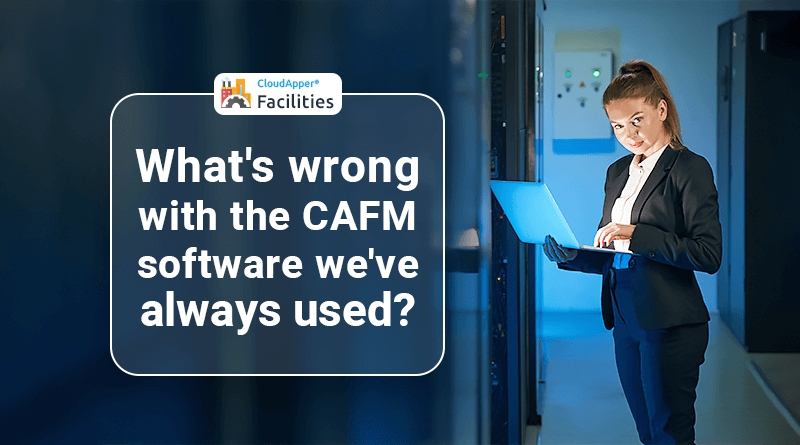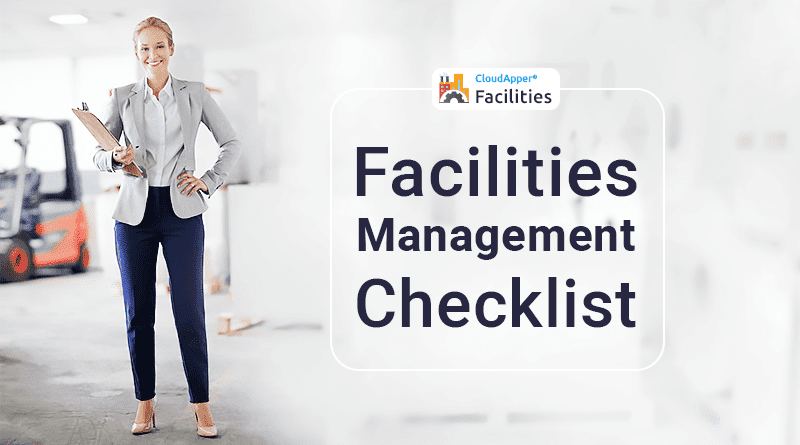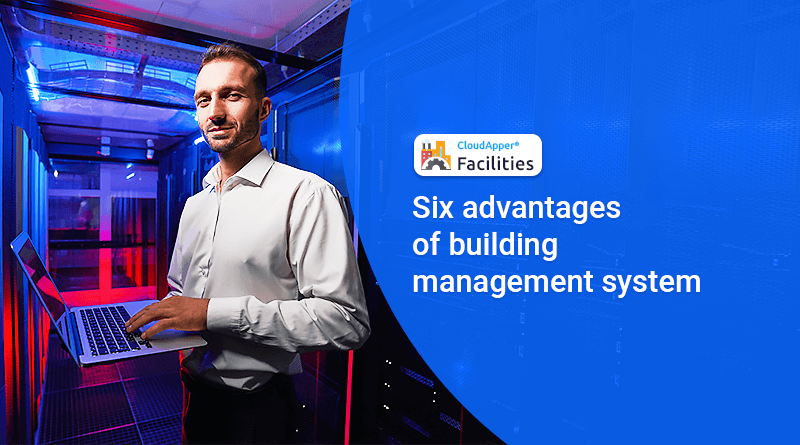Since 2019, the Financial Accounting Standards Board (FASB) requires all organizations to submit their asset holdings report with complete transparency. According to the mandate, facilities must include both leased assets and related liabilities on quarterly balance sheets.
Surprisingly, the Securities and Exchange Commission of the united state has stated that one of the most common forms of off-balance-sheet accounting is inaccurate asset reporting. Inaccuracies muck up the books, leading to erroneous financial health.
What is the biggest asset-related fear of a business owner or investor? It’s that before they can turn the ship around, collateralized debt obligations (CDOs) become illiquid. Obviously, most facility managers are not attempting to deceive with off-balance-sheet items.
That isn’t to say that costly mistakes can’t occur in the absence of proper facility management systems and planning. This article is for facility managers (FMs) who are struggling to keep track of hundreds or thousands of assets.
This underneath is a summary of the most common assets that facility managers should be tracking, as well as an explanation of how to streamline the tracking process.
Asset Tracking for Facility Management Teams
Here is a summary of what ASU 2016-02, Leases (Topic 842) requires:
- Separate service contracts from operating leases and keeps track of lease terms, as they are required to recognize leases with terms of more than 12 months.
- Holding CEOs responsible for reporting lease information in quarterly financial statements.
- Creating a digital tracking system that automatically combines input asset data for more efficient reporting (i.e. ditching the paper stacks, binders, and spreadsheets).
- Updating information in the following categories: lease type, owner and lessee names, monthly payment, lease agreement and type, start and end date, fair market value, and useful life.
Clearly, the larger the facilities under your supervision, the more critical foolproof asset tracking and accountability systems need to be. Depending on your industry, you may have extra pieces of equipment, machinery, and valuables that require their own data entries. Many organizations, on the other hand, can differentiate their assets into two main categories: facility-related assets and employee personal equipment.
Let’s take a look at which assets fall under these categories:
Facility-Related Assets
This first category of assets that facility management should track is what one might think of first when developing preventive maintenance programs, looking for cost-savings opportunities, and tracking liabilities.
The assets used in your facility are not only required for building functionality, but they are also a must for maintaining productivity, efficiency, and capital gains. It is critical to maintaining physical assets that satisfy both employees and clients. The following are the basic facility-related assets that should be tracked:
- HVAC equipment
- Common room appliances
- Floors
- Signs
- Paint
- Desks
- Lighting
- Carpet
- Printers
- Computers
- Copiers / MFD Fleet
- IT equipment
- Software licenses
It is worth repeating: don’t forget to include IT equipment and software licenses in your asset databases. Always set reminders for license renewal dates to avoid disruptions in digital communication and organization.
Employee Personal Equipment
Employees’ personal equipment is the second most frequently overlooked category of asset tracking for facility management. This may or may not necessitate significant consideration on your part, depending on your specific industry. However, if your company employs dozens, probably hundreds, of employees, the cost of these mostly smaller items can quickly add up. Here are seven additional assets to keep an eye on:
- Safety equipment
- Mobile devices
- Uniforms
- Radios
- Vehicles
- Badges
- Keys
Considering the wide range of assets that facility management staff are responsible for managing, it’s no surprise that an increasing number of facility managers are turning to software solutions. In 2018, approximately 53% of facilities used some type of Computerized Maintenance Management System (CMMS).
Spreadsheets are useful for a variety of tasks, but corresponding maintenance recommendations, tracking the progress of hundreds of assets, and worker progress are not just among them. Even if your facility has a shared folder in Google Drive, there is still a risk of deletion, mishandling, and duplication.
How to streamline asset tracking
If you are in charge of thousands of assets, the last thing you want to do is coordinate dozens of binders, clipboards, and spreadsheets! Even the smallest facility, however, can benefit from a facilities management system (FMS) that includes asset management, advanced reporting, standard operating procedures, and preventive maintenance scheduling capabilities.
Unfortunately, it appears that the most common challenge facilities face is a lack of human, strategic resources, and technical. According to a 2018 Plant Engineering Survey, 49 percent of respondents identified a significant challenge as a lack of resources.
The great news is that facility management systems have never been more accessible, scalable, or cost-effective. CloudApper is an FM system developer with a mobile-first platform that aims to make asset management less stressful.

